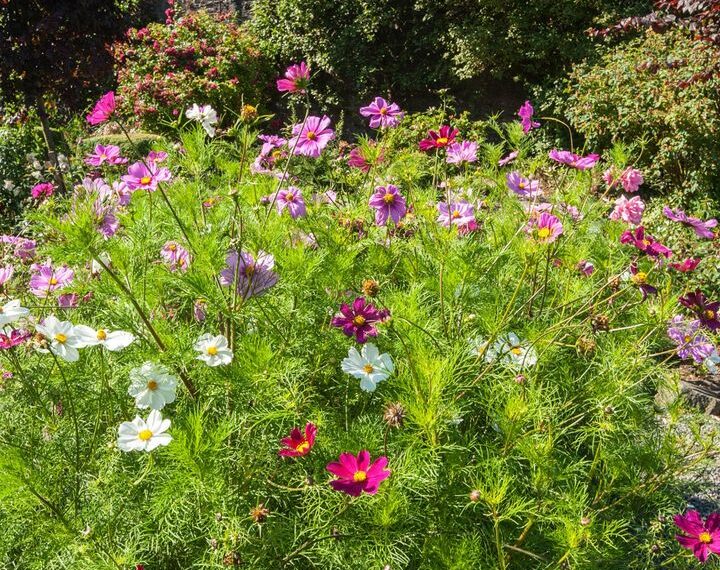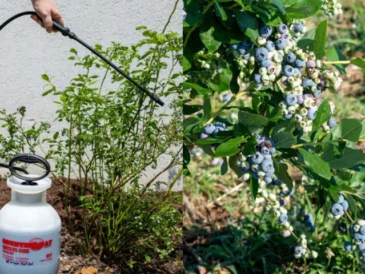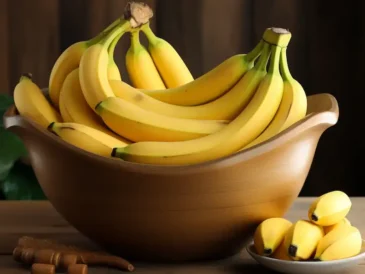6. Coneflower (Echinacea spp.)
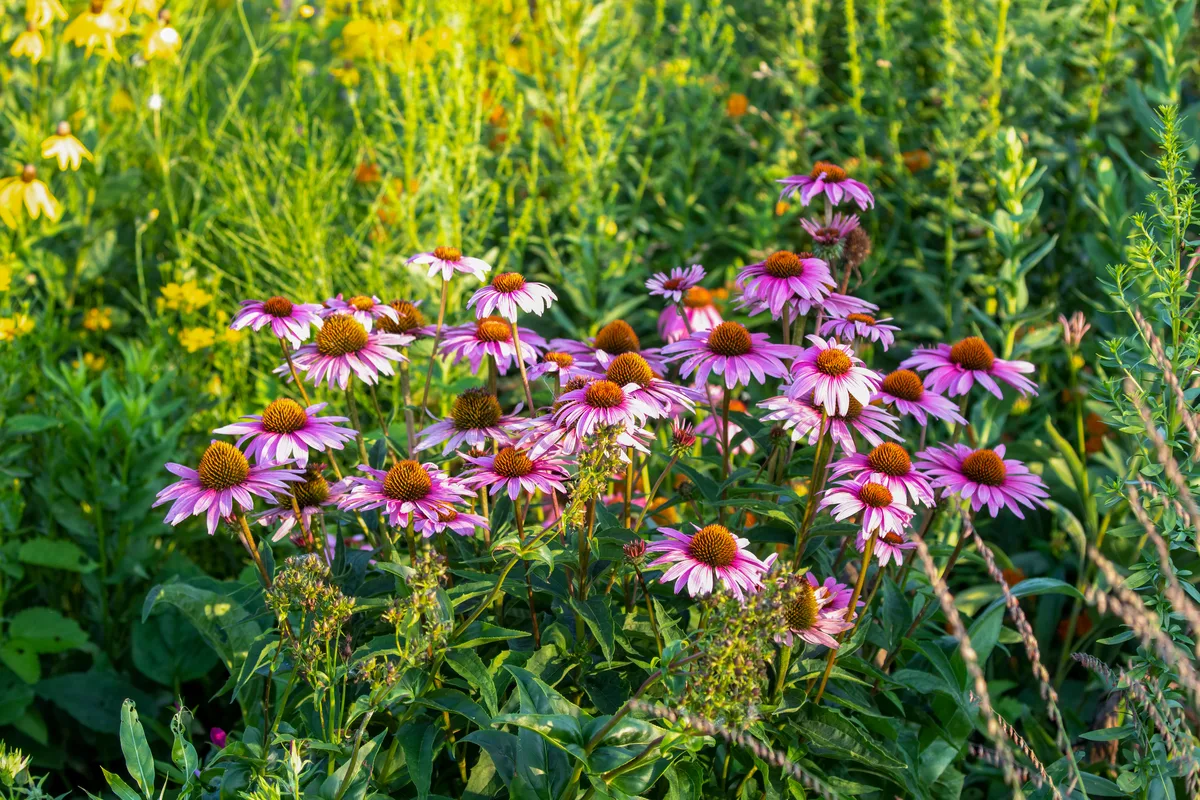
Coneflowers are about as tough and tenacious as can be. Thriving on neglect, these native perennials don’t need help from us to look fabulous.
There’s much to love about coneflowers: the huge daisy-like blooms have a long flowering period, the flower’s nectar and seeds support pollinators and wildlife, and the plants will return – bigger and better – year after year.
The extensive breeding of Echinacea has resulted in a massive array of coneflower options to grow from seed. Though purple coneflower (E. purpurea) will always be in style, newer cultivars take on a myriad of vibrant or pastel shades, with fluffy flowers or double flowers that change up coneflower’s look completely.
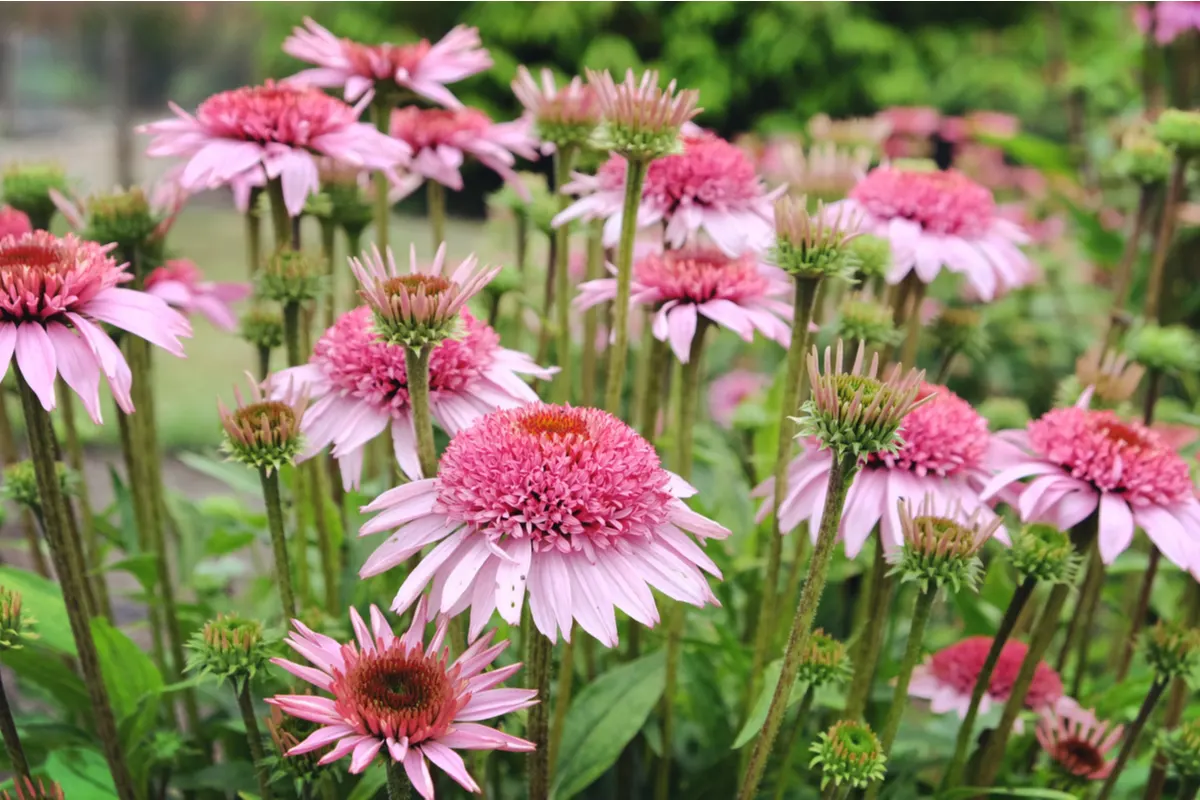
Introduce coneflowers to the garden by sowing seeds outdoors in early spring or fall. Cover the seeds up lightly with soil, about 1/8-inch deep. Coneflower seedlings will emerge in 10 to 21 days.
Hardiness zone: 3 to 10
Sun exposure: Full sun to light shade
Bloom time: June to August
Attracts: Butterflies, birds, and bees
7. Moss Rose (Portulaca grandiflora)
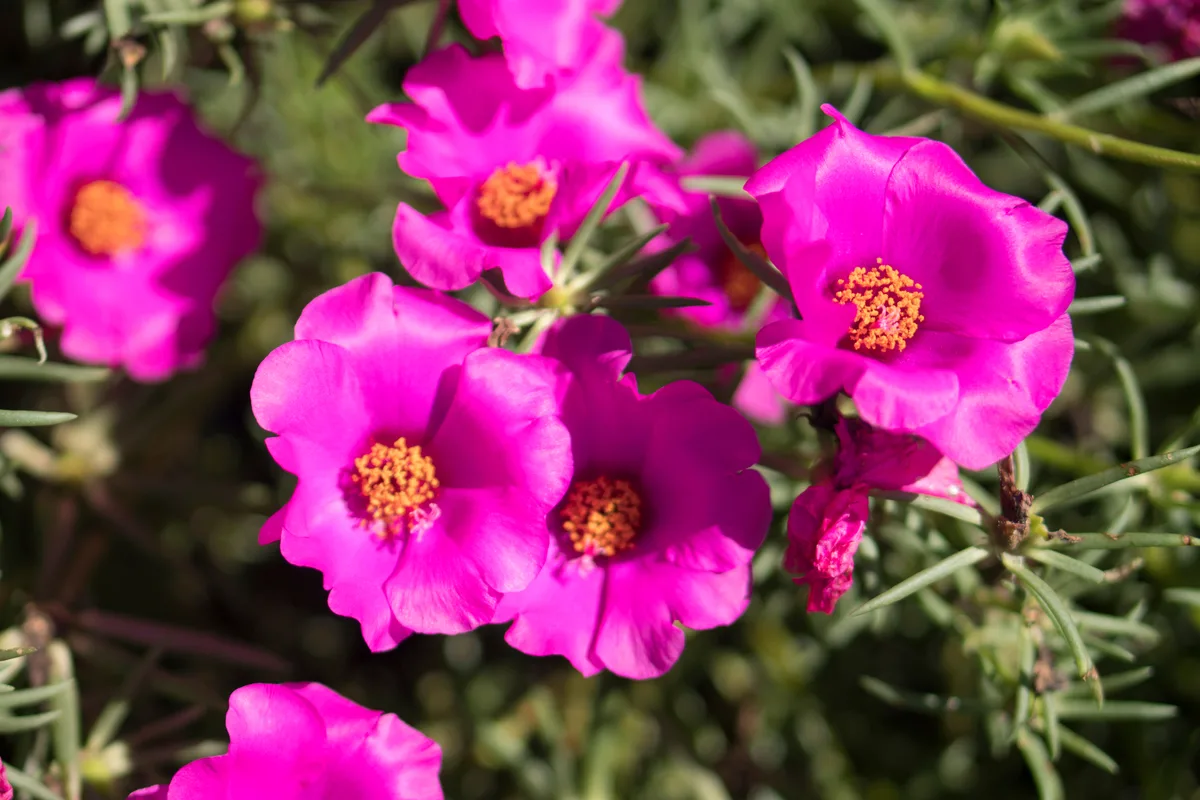
Moss rose is a lovely ground hugging annual with some serious flower power.
In bloom from late spring to the first frost, moss rose features ruffled blooms that come in single, semi-double, and fully double flower forms in shades of red, pink, orange, yellow, and white. These arise from a bed of fleshy, succulent foliage that grows 3 to 8 inches in height.
The rose-like flowers open fully on sunny days and close up every evening.
As a native of the dry and hot plains of South America, moss rose is well adapted to heat and drought. Plant moss rose in a site with good drainage and it will be practically maintenance free.

Sow moss rose seeds in the garden after the last frost date. These seeds need light to germinate, so only barely cover them with soil. Moss rose will sprout around 14 days after planting.
Hardiness zone: 2 to 11 (annual)
Sun exposure: Full sun
Bloom time: June to frost
Attracts: Bees
Link to order HERE
8. Zinnia (Zinnia elegans)
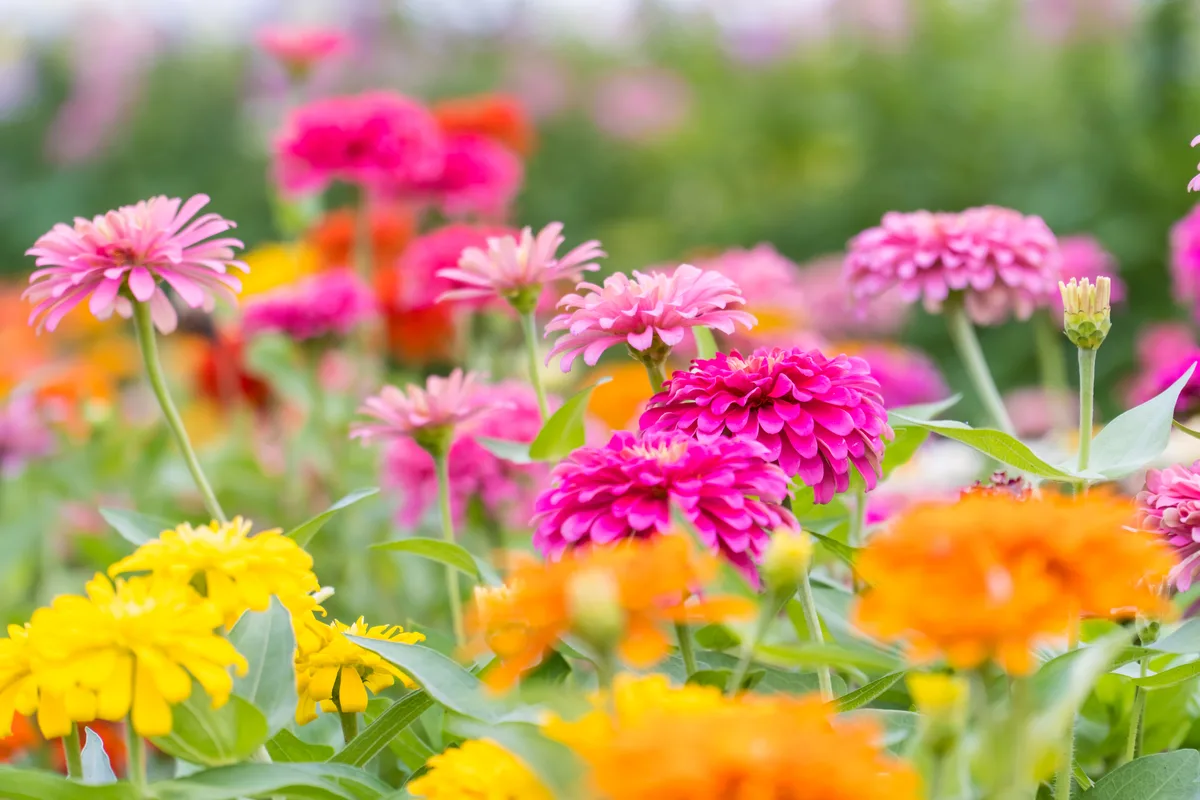
Zinnias are fast growing annuals that bloom continuously from early summer to the first frost.
There’s a zinnia for everyone. Available in an incredible range of colors, heights, flower shapes, and bloom sizes, zinnias can look like fluffy pom poms, or they can more closely resemble daisies, dahlias, or cactus flowers.
Choose from single flowered, semi double flowered, fully double flowered, giant flowered, or globe flowered options – or plant up zinnia seed mixes when you can’t decide.
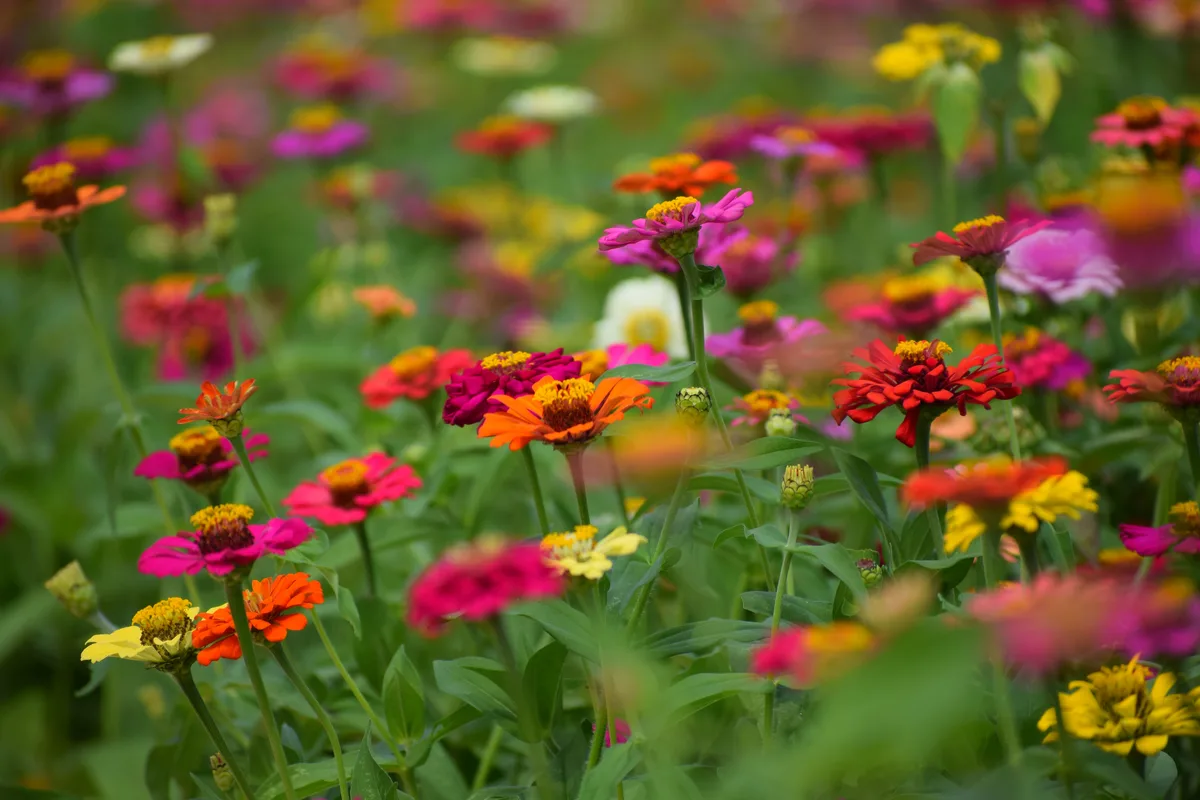
Among the easiest plants to grow, zinnias are sun lovers that hail from Mexico and the southwestern US. Zinnia is tolerant of most growing conditions and will shrug off periods of extreme heat and drought like a boss. Plant zinnias in sites with full sun and good drainage for the best floral displays.
Zinnia seeds are ready sprouters too, and can be sown directly in the garden after last frost in spring. Cover them lightly with soil and seeds should germinate in 5 to 24 days.
As true annuals, zinnias will die back after flowers have gone to seed. You can prompt more blooms by deadheading flowers when they start to fade. Be sure to allow a few flowerheads to fully mature so you can collect seeds to grow for next year.
Hardiness zone: 2 to 11 (annual)
Sun exposure: Full sun
Bloom time: June to frost
Attracts: Birds, hummingbirds, and butterflies
Link to order HERE
9. Morning Glory (Ipomoea spp.)
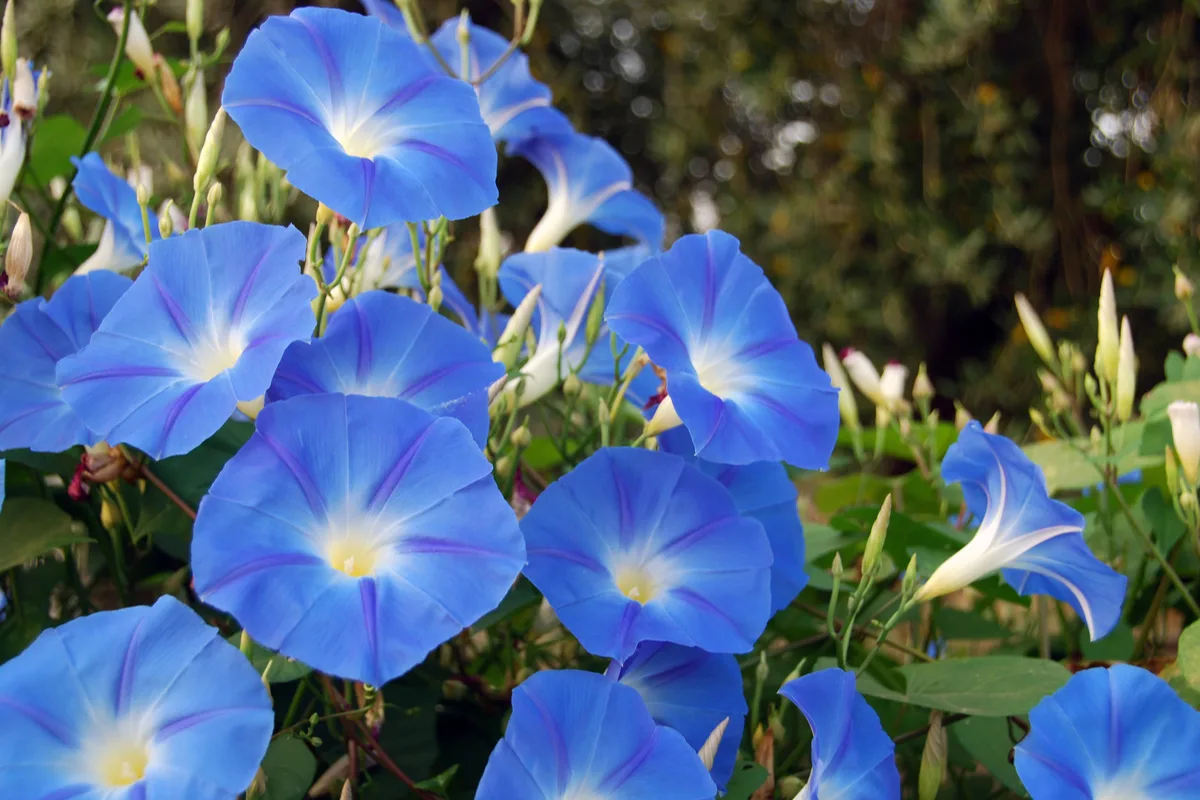
Morning glories will enthusiastically grow up and over any vertical support you give them. Arbors, pergolas, trellises, walls, and fences will be extra wonderful when ensnared by morning glory’s heart shaped vines.
All season long, morning glories bloom continuously with large, deep throated trumpet flowers, each one opening in the morning and fading by the afternoon. Moonflower (I. alba) does the opposite, blooming with white flowers only at night.
To say that morning glories easily grow from seed is a bit of an understatement. Sow them in the garden one year, and they will self-seed with reckless abandon – to a perhaps annoying degree – every year, forevermore. Pull up wayward seedlings each spring to keep them confined to the plot.
Common morning glory (I. purpurea), blue morning glory (I. indica) and heavenly blue morning glory (I. tricolor) are popular picks for the garden.
Don’t overlook other interesting Ipomoea morning glories though. Wild potato vine (I. pandurata) is a North American native that blooms with brilliant white flowers that have a shock of purple deep in the floral throat. As its name suggests, this species produces edible tubers that taste similar to yams.
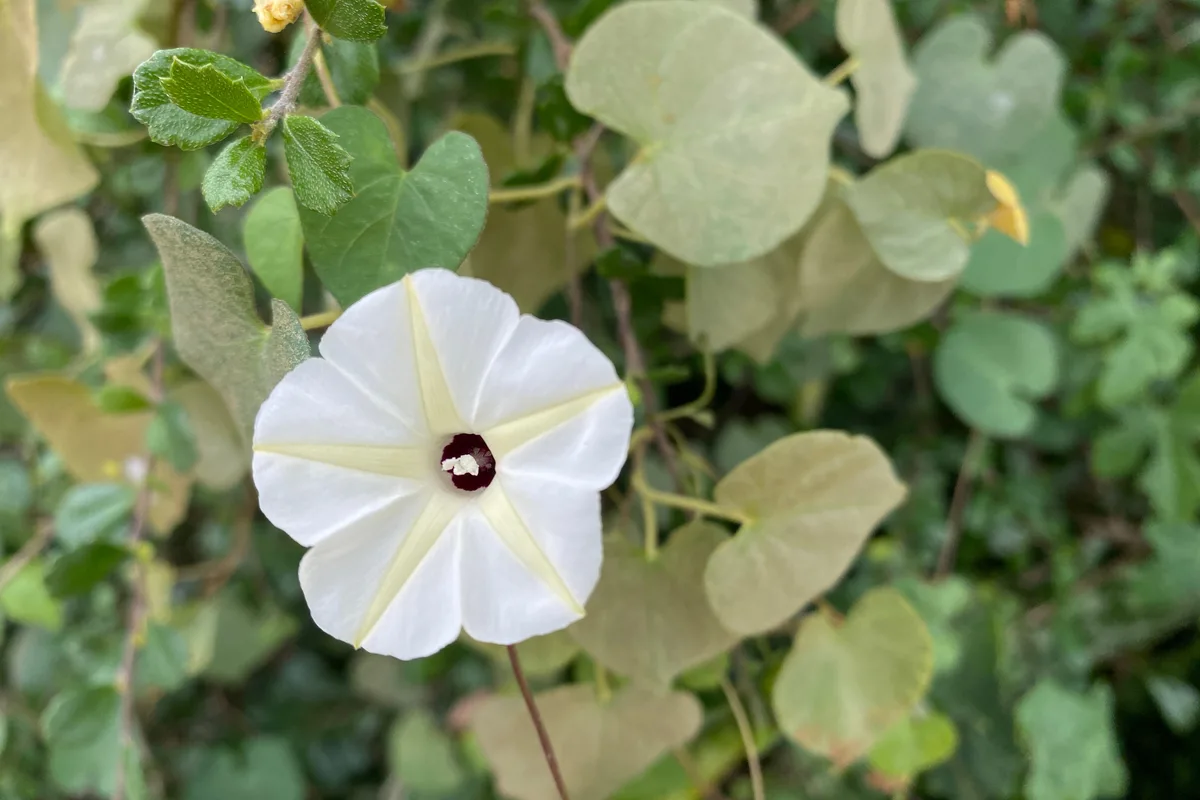
Hardiness zone: 2 to 11 (annual)
Sun exposure: Full sun
Bloom time: June to October
Attracts: Hummingbirds and butterflies
10. Common Sunflower (Helianthus annuus)
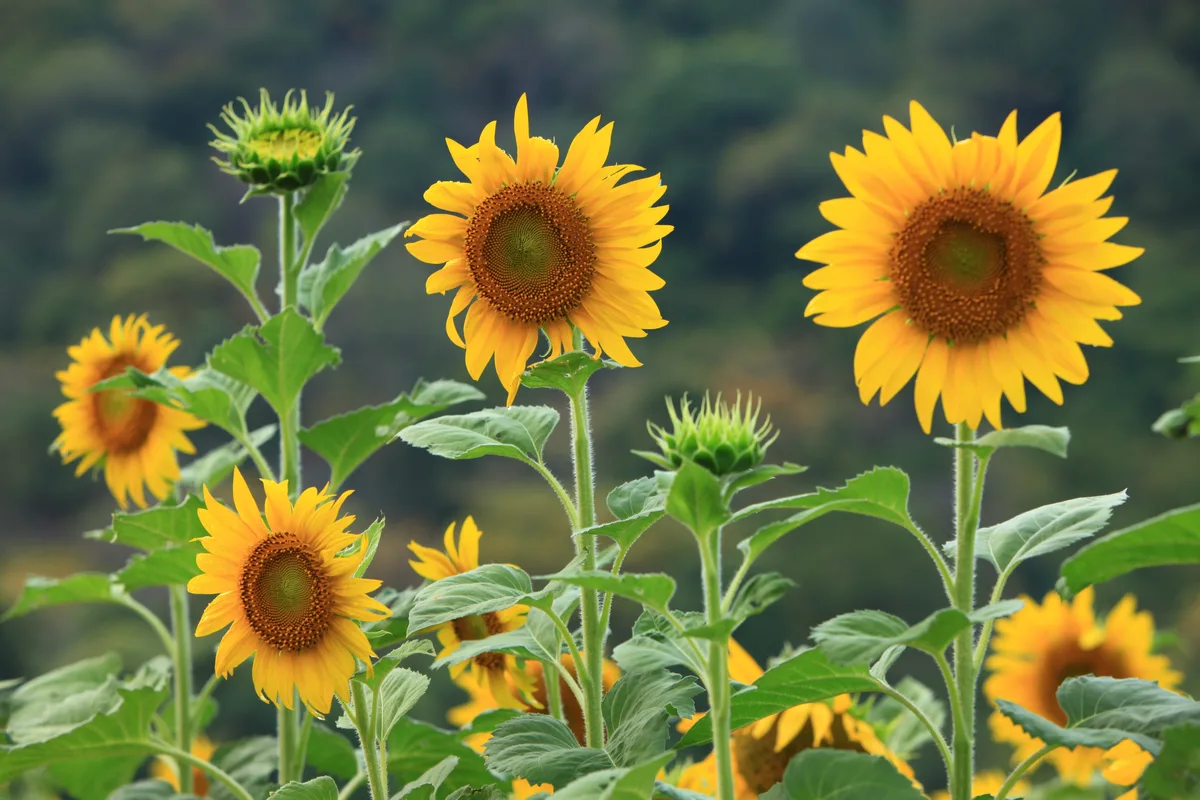
Common sunflower is the most iconic of the sunflowers, a towering beauty that produces deep brown floral disks surrounded by a whirl of golden yellow petals. Flowerheads can reach gargantuan proportions, up to 12-inches across.
This North American native is a fast growing annual that self-seeds every year in plains, prairies, and meadows. And like most wildflowers, it requires minimal care and can tolerate nutrient poor and dry soils.
Plant sunflower seeds in a sunny spot once all risk of frost has passed in spring. The seeds will sprout in roughly 7 days. Common sunflower grows very fast and will bear its cheerful flowers in late summer, when most other blooms are spent.
Save some seeds from your best plants to sow in the garden the following spring.
Hardiness zone: 2 to 11 (annual)
Sun exposure: Full sun
Bloom time: July to August
Attracts: Birds, bees, and butterflies
